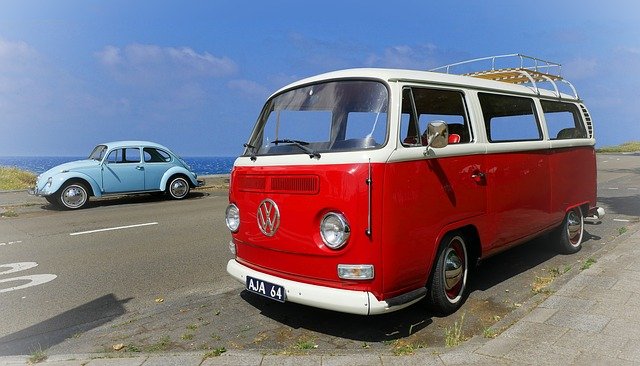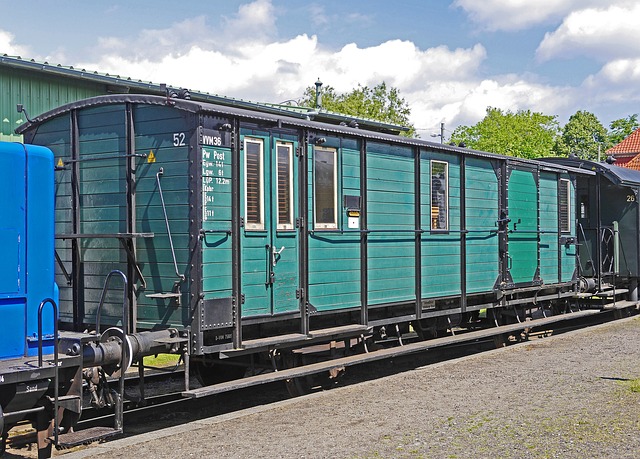
The van is a vehicle whose body and cabin are integrated
Van is a term that comes from the French word fourgon . This is the name given to a vehicle similar to a truck , although smaller.
Integrated body and cabin
In vans, the body and cabin are integrated. Generally, the van is used to transport merchandise .
The Royal Spanish Academy ( RAE ), on the other hand, defines a van as a covered vehicle that is used to transport goods and that, compared to a truck, has smaller dimensions. If we take this detail into account, we can say that van and van are synonyms.
In some Latin American countries , a vehicle that has more than four wheels and that, in its rear sector, has a covered platform to carry large loads is called a van.
police van
Within the framework of national security forces, the term van is used to refer to different vehicles, each with a well-defined function. We speak of a canine unit van , for example, to define a vehicle that is specially prepared for the transport of police dogs. This unit, which is also known by the acronym K-9 , is equipped to carry animals trained for tracking, deterrence or attack. The van can be a pickup truck (double, extended or single cab) or a modified sport utility vehicle .
A cell van , meanwhile, is known as a means of transportation that is prepared to carry individuals deprived of their liberty as passengers. In this way, the van or cell car has a space conditioned for the transfer of prisoners, so that they cannot escape or put the driver or security personnel at risk.
The design of the cell van is not the same in all countries, but it does have the aspects mentioned in the previous paragraph in common, which are the functional and safety bases. From a subjective point of view, on the other hand, there is also the intention to make the prisoners feel intimidated, that the situation overcomes them and they lose that feeling of power that led them to commit a crime or a crime in the first place. Throughout the trip, they are expected to reflect on their actions and in no way believe that it is a mere procedure.
Wagon
In the railway context, a boxcar is a type of car that is used in a different way from the other cars in the formation. In a passenger train, the van is used to transport goods; In a freight train, passengers travel in the boxcar.
When we talk about a caboose , we are referring to a van that is installed at the end of the formation . That expression (caboose) is also used in colloquial language to indicate that someone is in last place ( "I'm tired of being a caboose in this company, all my colleagues make profits and I don't" ).

A train car is also called a van.
On the old steam railways we found radiators that took advantage of the steam generated by the locomotives to keep the temperature of the train at a comfortable level. But the creation of electric machines replaced this system with a steam boiler that was located in the so-called heating van , from which it was possible to air-condition the entire train .
Later, electric radiators appeared, initially receiving power from the locomotives, but later with their own generator . The diesel generators are installed in more than one van specifically designated for this, and their energy is used both for heating and to power the lamps and sound systems.
